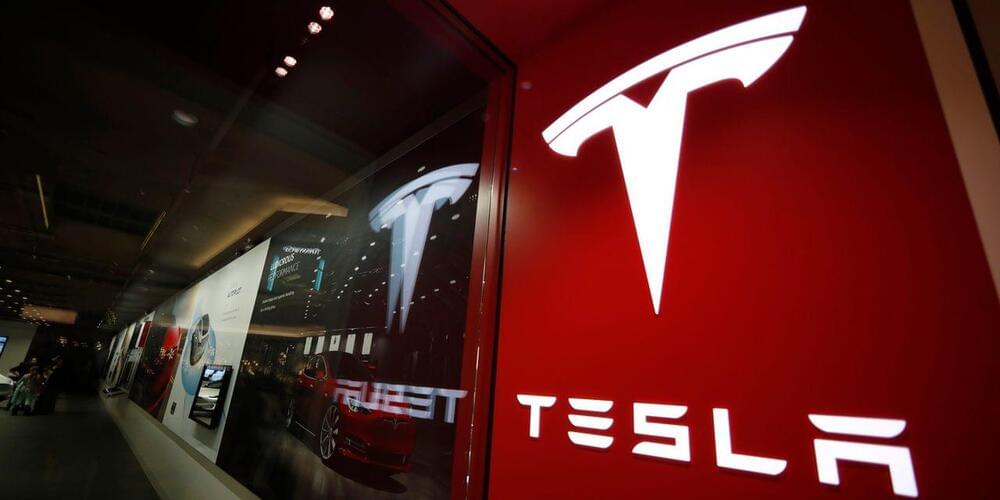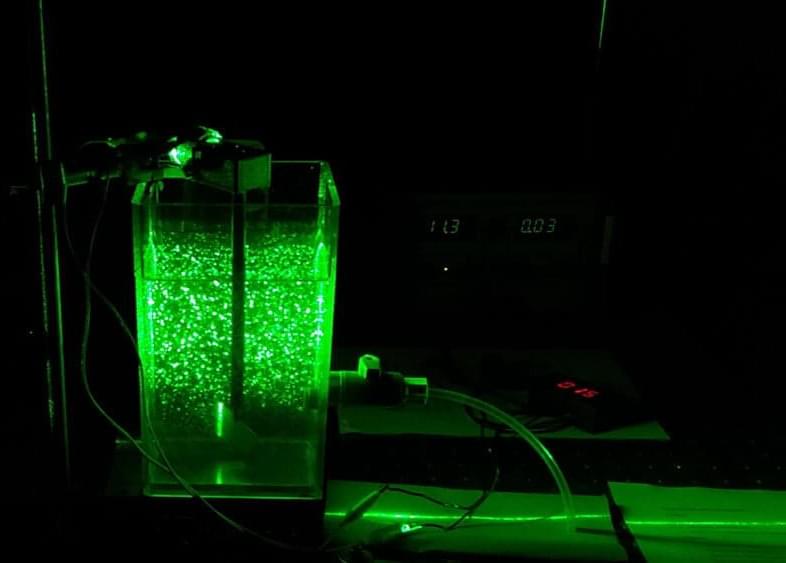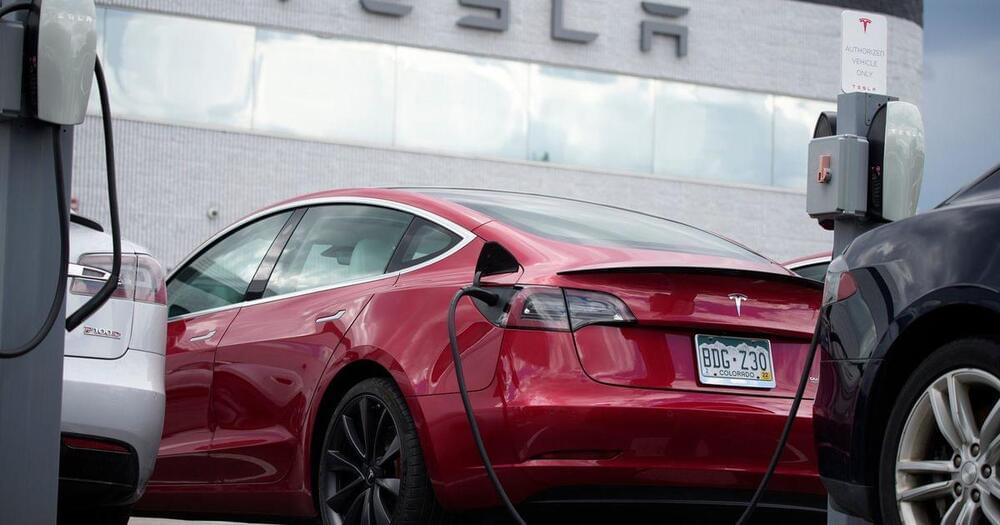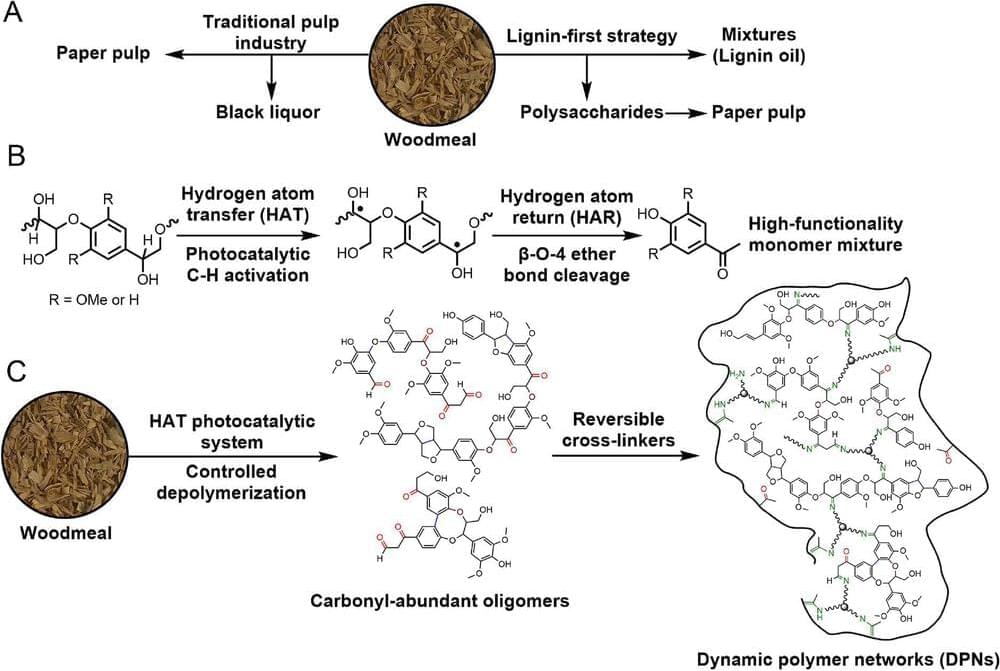
Researchers have discovered that channeling ions into defined pathways in perovskite materials improves the stability and operational performance of perovskite solar cells. The finding paves the way for a new generation of lighter, more flexible, and more efficient solar cell technologies suitable for practical use.
Perovskite materials, which are defined by their crystalline structure, are better at absorbing light than silicon is. That means that perovskite solar cells can be thinner and lighter than silicon solar cells without sacrificing the cell’s ability to convert light into electricity.
“That opens the door to a host of new technologies, such as flexible, lightweight solar cells, or layered solar cells (known as tandems) that can be far more efficient than the solar harvesting technology used today in so-called solar farms,” says Aram Amassian, corresponding author of a paper on the discovery. “There’s interest in integrating perovskite materials into silicon solar cell technologies, which would improve their efficiency from 25% to 40% while also making use of existing infrastructure.” Amassian is a professor of materials science and engineering at North Carolina State University.

















